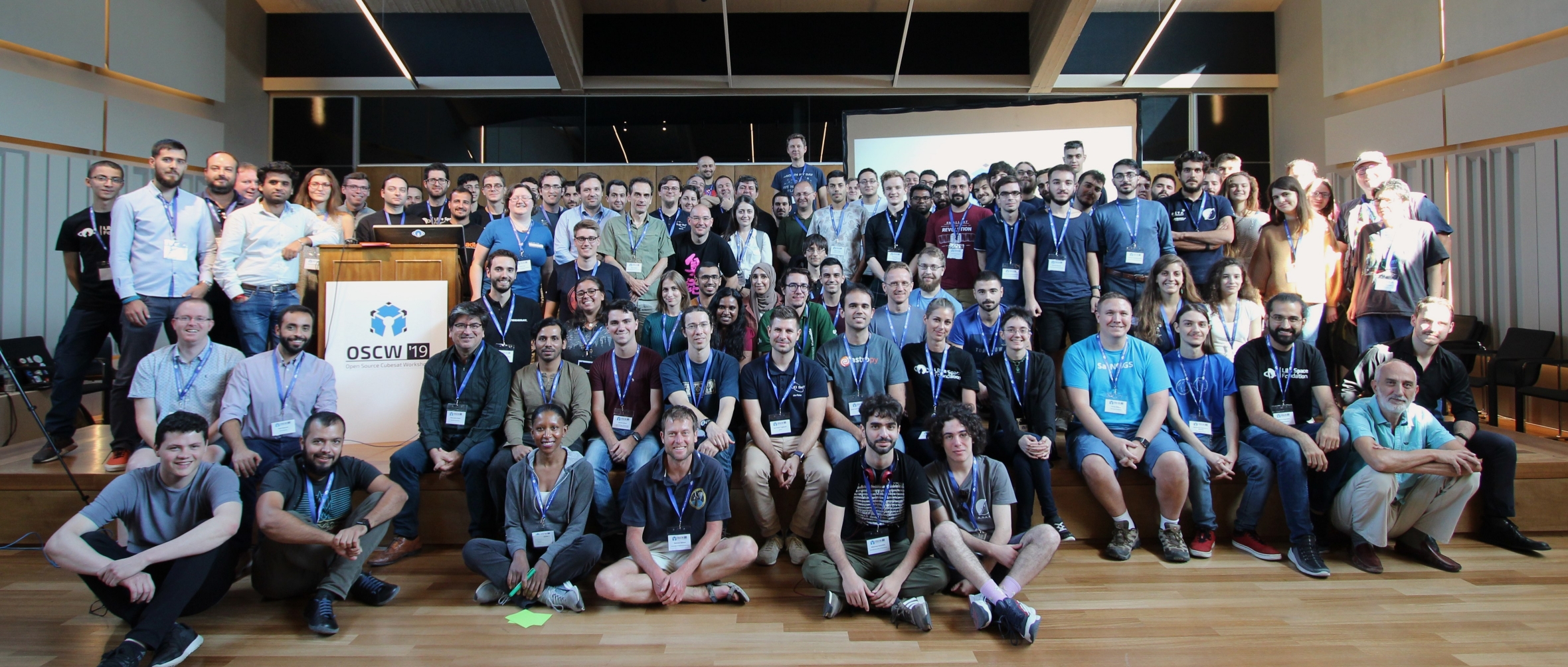High vacuum testing is a crucial and integral part of space hardware qualification for Cubesats and other small satellites, but presents a major hurdle and challenge in terms of cost and technical barrier of entry. In particular, thermal vacuum (TVAC) systems are necessary for testing hardware such as electronics boards and other subsystems to the extreme temperature variations encountered in space. Currently, such capabilities have remained mostly exclusive for university laboratories, government research centers, and space technology companies, and are only offered as costly custom vacuum solutions.
Currently, the Applied Ion Systems open-source micro-propulsion testing chamber offers an example of a highly compact, modular, and low-cost system exclusively for miniaturized space hardware testing, specifically related to propulsion development. The system is based off of standard surplus conflat hardware, mounted to a simple custom test stand. Ultimate pressures of mid-10^-6 Torr have been achieved, with pumping speeds of up to 400 L/s at the chamber inlet. The system allows for capabilities such as high vacuum ignition testing, impulse bit measurements, plume current, and ion velocity measurements. Work is underway to design a simplified miniature TVAC module for direct thermal cycling of propulsion modules during testing, and to provide an example of how such a module can be implemented on a low-cost, small-scale system.
The TVAC module will be inserted as a modular shroud assembly that fits within the 6” conflat chamber hardware around the device under test, allowing for cold cycling with the use of LN2, or hot cycling with integrated thermal bulbs. Such a design can be geometrically modified or scaled up for larger hardware and propulsion testing chambers, and utilizes simple, low-cost construction that will be integrated with standard conflat feedthrough hardware. This TVAC module will ultimately be used to qualify a new class of open-source micro-pulsed plasma thrusters, and will allow for thruster testing during both cold and hot cycles to verify proper operation in these extreme conditions. Various topologies are explored, between solid coil shrouds and thin-plate shrouds to compare heat distribution and effects of geometry on performance.
A modular, simplified, open-source high-vacuum TVAC insertable shroud system can be more readily scaled up to larger vacuum chamber assemblies to allow for full testing of a standard Cubesat frame. By keeping chamber dimensions small, using standard hardware, cost can be minimized, as opposed to using traditionally larger chambers. Pumping infrastructure and attachments also become less costly and simpler to manage. Particularly for TVAC, custom solutions presents a significant cost at larger scales. Employing small-scale simplified TVAC shrouds with open-design details can open the door for more affordable testing options for Cubesat development groups without the need to invest in costly, large scale, custom vacuum infrastructure, or requiring external facility testing, and can be easily adapted for a wide range of chambers.
For extended mission lifetimes or missions involving deep space, radiation testing of electronics and other sensitive hardware is a vital part of space system qualification. In particular, standard off-the-shelf non-hardened electronics have a total dose limit of only 5-10 kRad before permanent damage and failures occur. Other materials, such as certain plastics and polymers, can exhibit lower tolerances to radiation, and degrade in performance over time.
In the radiation dosing industry, currently two major solutions are employed: active source dosing utilizing large sources such as Co-60, or accelerator based machines at low and high energy, implementing direct electron beams, ion beams, or neutrons from conversion targets. However, based on operational costs, licensing, and other technical testing constraints, dosing services are prohibitively expensive, often costing on the order of up to tens of thousands of dollars per hour. Currently, the capability remains only with major laboratories or companies specialized in dosing, and only for customers and groups with higher levels of funding. However, by utilizing older, lower-cost accelerator technology in the form of pulsed relativistic electron beam diode accelerators (REBs), basic large total ionizing dose (TID) of electronics and materials can be realized at a radically lower cost and simplicity, on a much more compact scale. This offers new and powerful capabilities for more advanced Cubesat system testing that has not been accessible to most development groups prior.
Currently, a high-power, low-energy, low cost open source pulsed accelerator is being developed in-house to run a wide variety of high power particle beam physics experiments previously unexplored before at the open source level. This accelerator, EXEDA, will be the first of its kind at this level, and offers unique and unprecedented access to high power particle beam physics for the open source community. One major use of EXEDA will be the use of direct electron beam dosing of electronics and other materials for open-space applications. Expected beam energies of up to several hundred keV, and currents in the kA regime are anticipated, with peak beam power as high as several hundred MWs. With maximum beam-spot size diameter of 8 cm, the EXEDA-RADOSE beamline will offer unprecedented access to high TID in the kRad regime for qualifying electronics and materials. In particular, the beamline in its current configuration can accommodate the full 5cm x 5cm footprint of a PocketQube satellite for direct beam dosing of critical systems and structures. Such a large beam spot size also allows for larger-scale surface dosing of boards and materials for general Cubesat development.
Adapting intense pulsed beam accelerator technology in a low-cost, open-source approach like EXEDA-RADOSE can offer unique testing capabilities ranging from low-energy surface-discharge studies to mid-energy high total ionizing dose from direct beam at kRads per pulse. Other beamlines currently in the works, such as the EXEDA-MEVI beamline can be used to explore the effects of MeV level proton dosing and single event effects, and EXEDA-FLAX for intense x-ray dosing. Such systems, taking advantage of revived, older accelerator technology, have the potential to open up new areas of testing and research for Cubesat systems that have not been openly available before.


